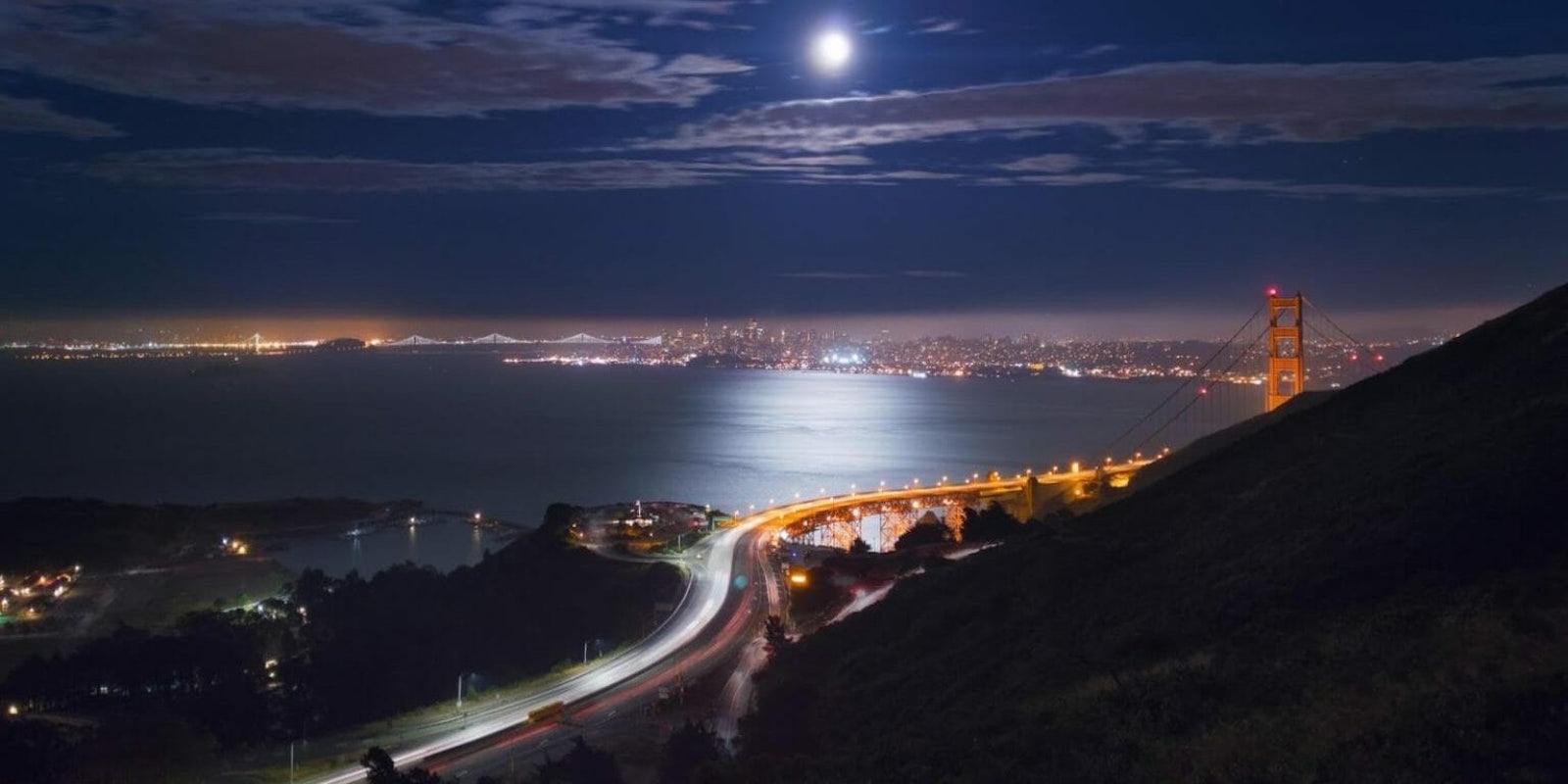A software engineer at Google proved it doesn’t take an expensive DSLR kit to produce high-quality low-light images. Florian Kainz used his company’s very own Nexus 6p and Pixel smartphones to produce spectacular nighttime photos.
Kainz was capable of reproducing a long-exposure shot from a professional DSLR using a much smaller sensor found in his Android devices. Interestingly, Kainz wrote an app that gave him manual controls over his camera’s exposure time, ISO, and focus distance—a feature many people have asked Google to bake into its Android OS.
He then went to various spots around San Francisco to see if he could produce a DSLR-quality image with just his tripod-mounted Nexus and Pixel phones. His first spot was the Point Reyes Lighthouse on the coast of California. He shot a burst of 32 images at a four-second exposure time with a surprisingly low ISO of 1,600. He then covered the lens in tape and shot 32 more black frames. The individual images he captured with his phone’s tiny sensor were understandably grainy, but with a little Photoshop magic, Kainz was able to combine the first 32 images and subtract the set of 32 black images to average out the noise.
The result speaks for itself:
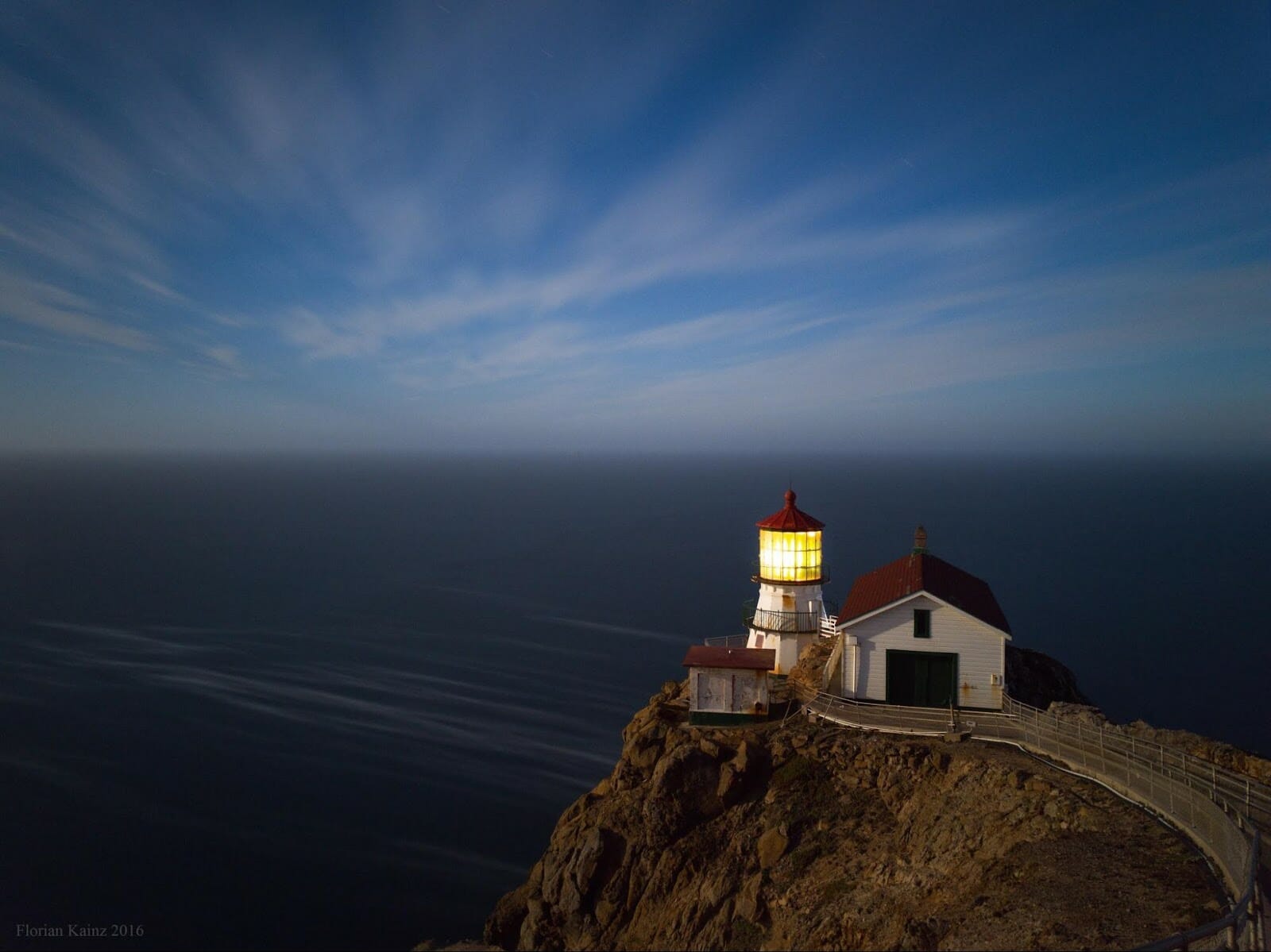
This is a single handheld shot of the same scene using just HDR+ settings (the original is on the left, the right panel was brightened to match his previous picture):
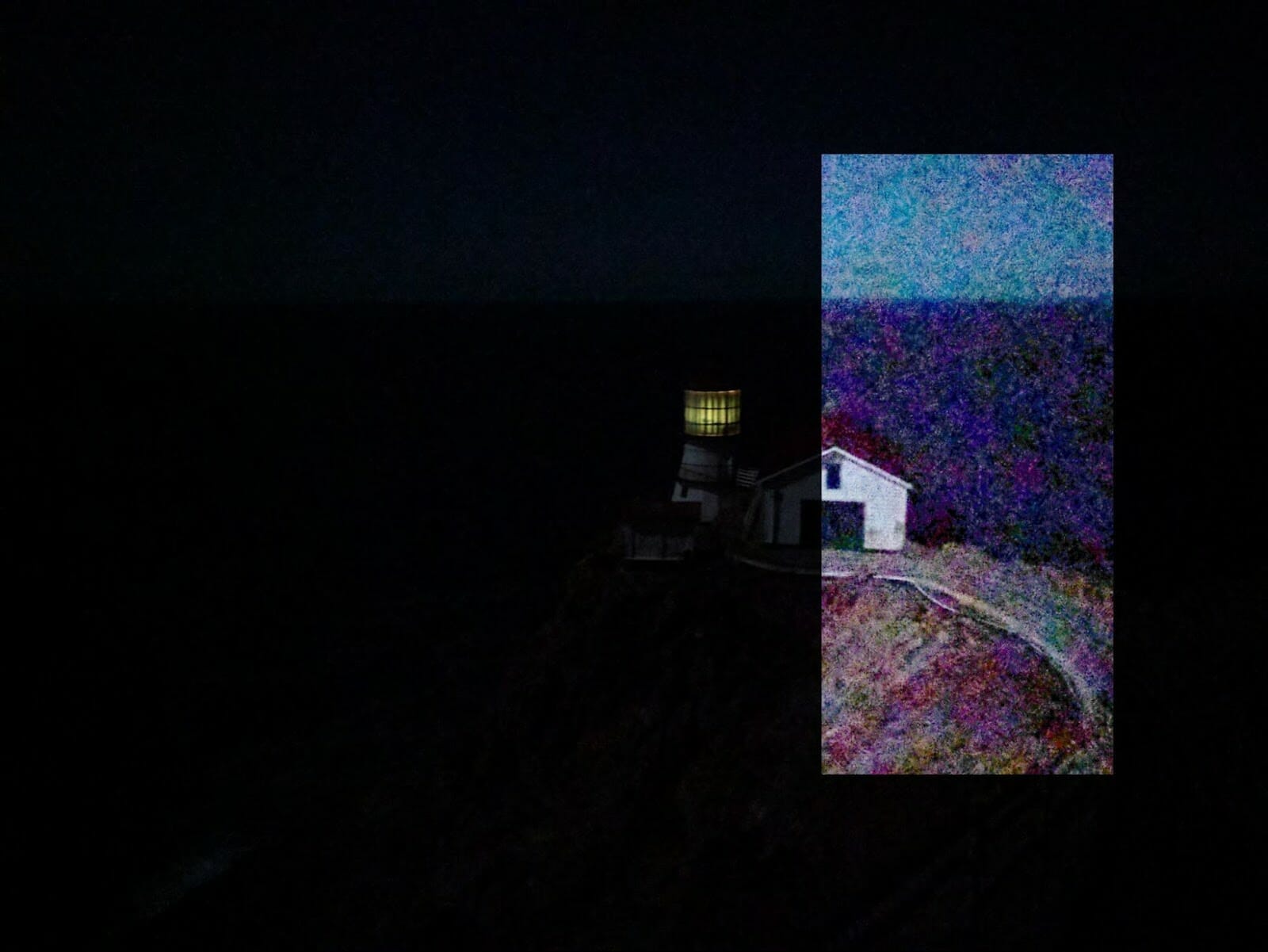
Kainz then wanted to see if he could take a clear image of stars in the night sky. Since he is leaving his lens exposed for minutes at a time, Kainz needed to rotate the shots to adjust for the movement of the stars. This blurred the ground, so he combined one shot that had the ground in focus with another that had the stars in focus.
Here is the end result:
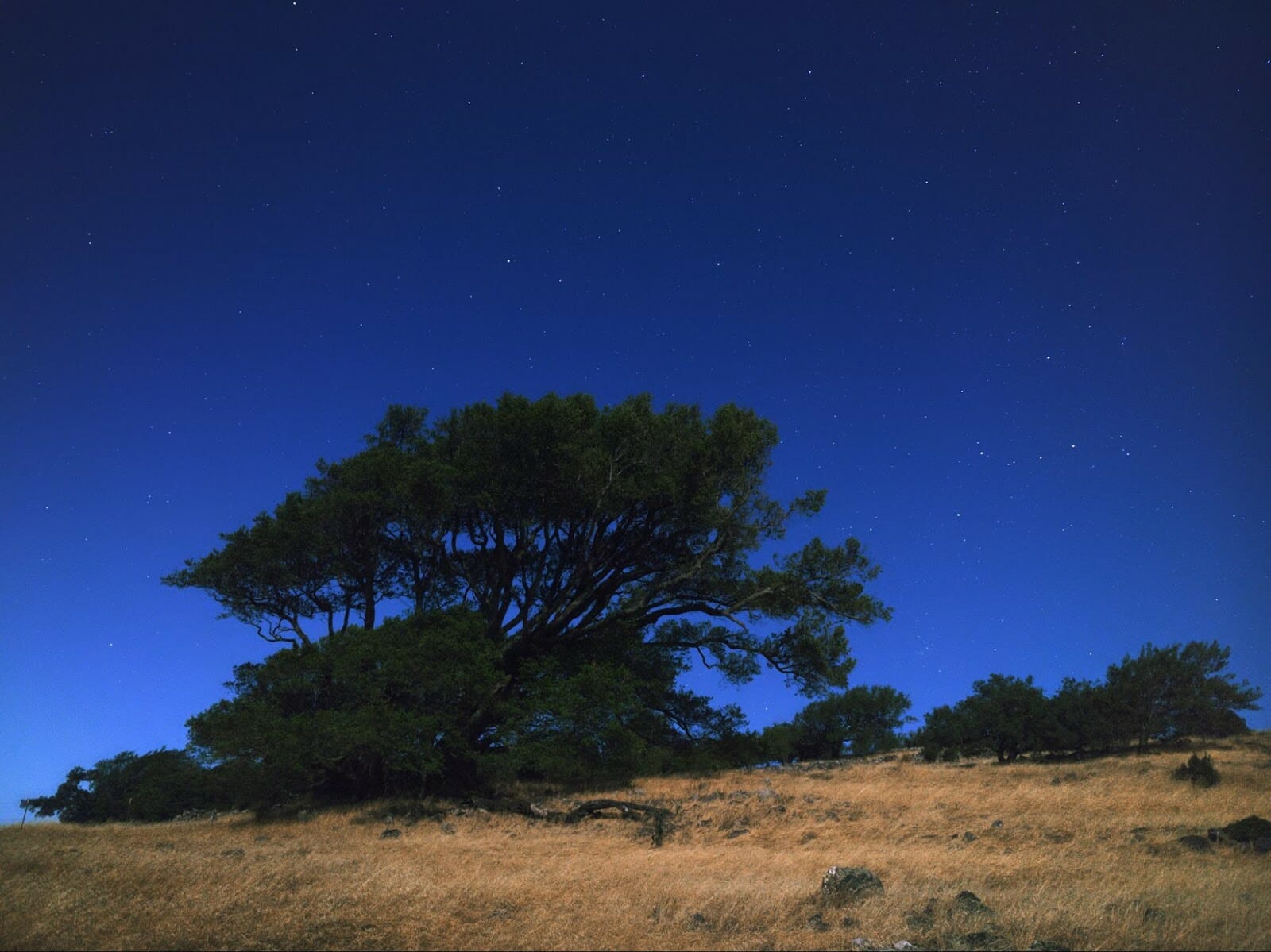
Here are a few more images in even darker conditions using Kainz’s 64-frame method:
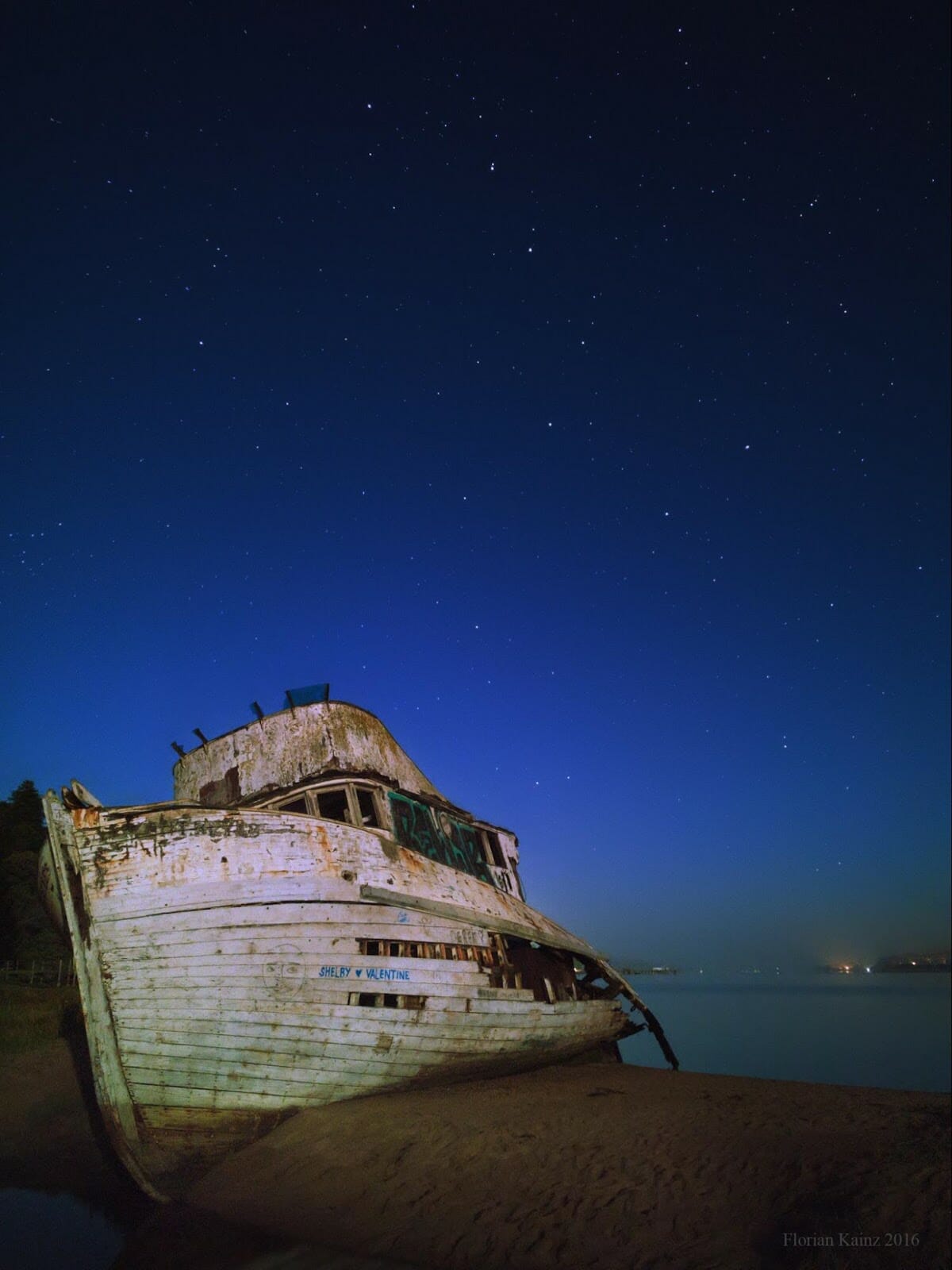
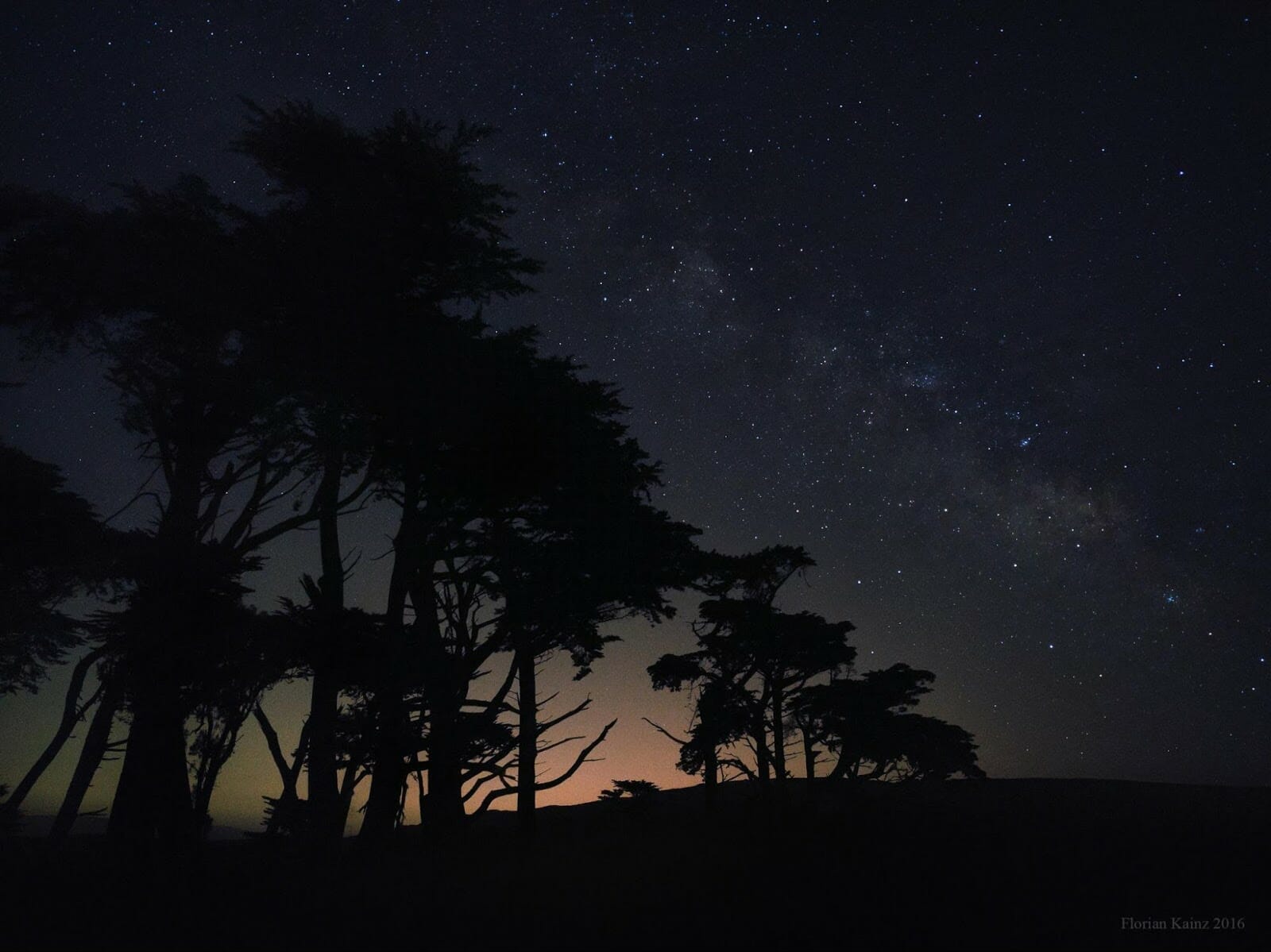
Kainz wanted to push the camera’s limits a bit more, so went out to the Russian River on the California coast to produce what he said “may be the lowest-light cellphone photo ever taken.” This time he used a Google Pixel and combined 64 two-second exposure shots at 12,800 ISO with 64 more black shots.
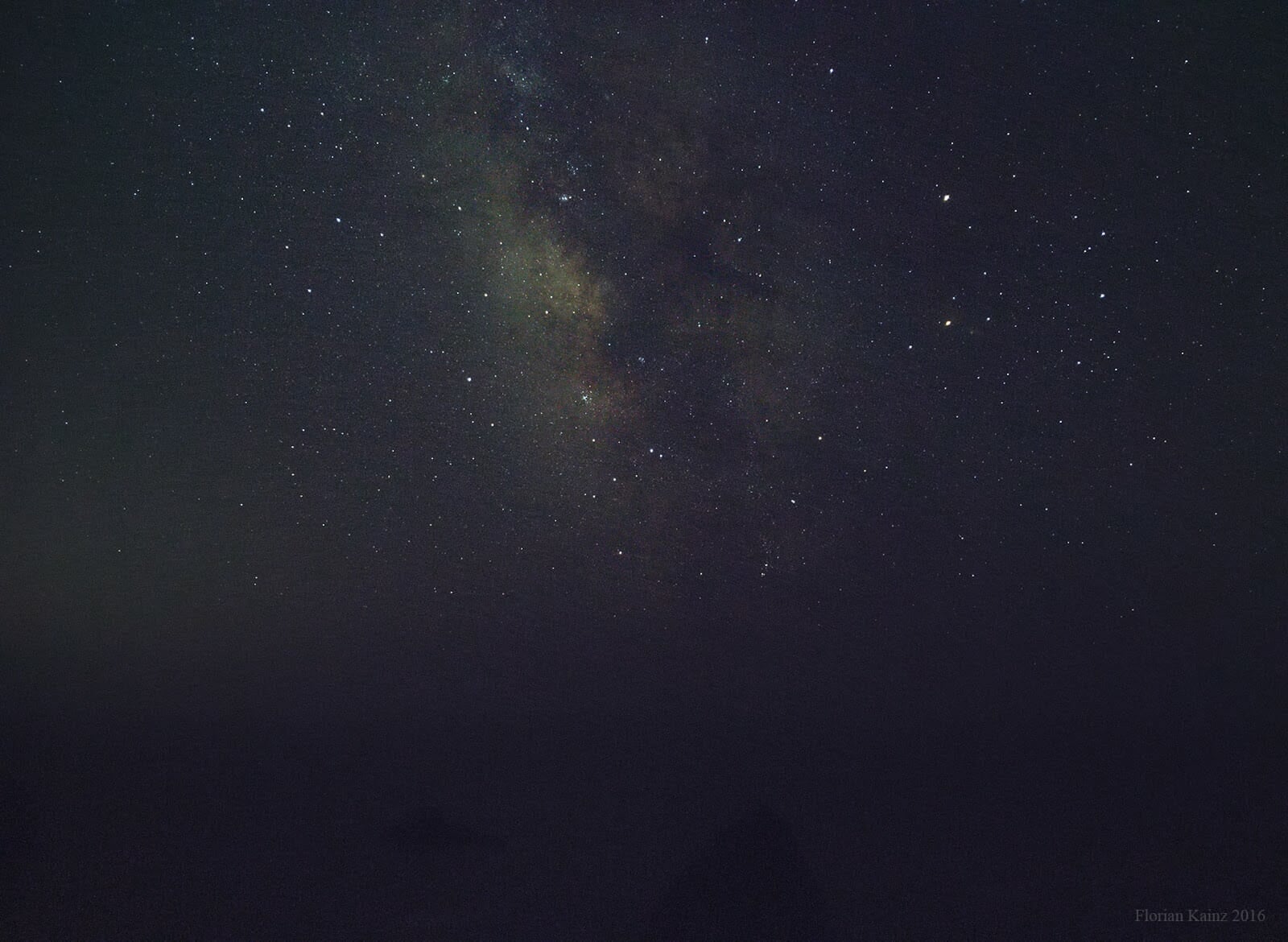
The Google engineer also took some stunning photos of the Golden Gate Bridge:
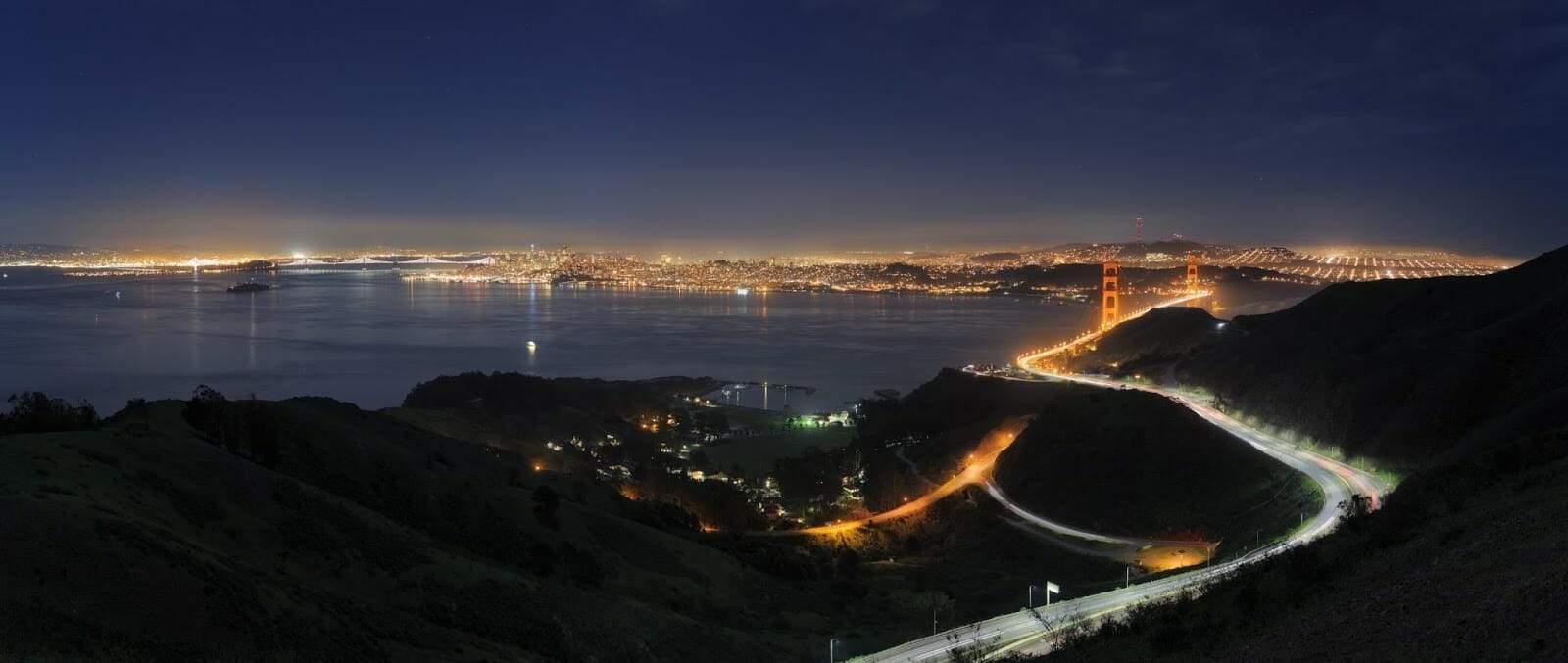
While Kainz was pleased with the results of his experiment, he does point out some limitations. The engineer admits that the 9 to 10 megapixel images are not as high as what you get in a modern DSLR, and that you wouldn’t want to print out and frame shots taken in the darkest conditions. He also said the final results took a lot of post-processing on a desktop and that the procedure is “too cumbersome for all but the most dedicated cellphone photographers.”
But a quick look back at his photos may be enough convincing to start enrolling in some Photoshop classes.
H/T the Verge

